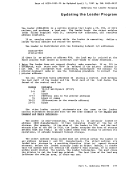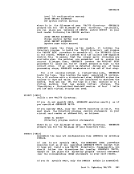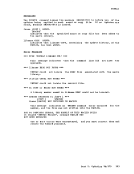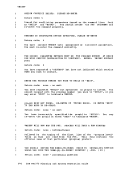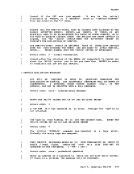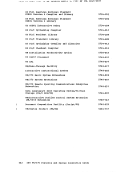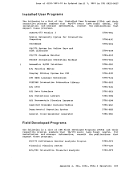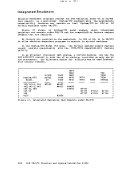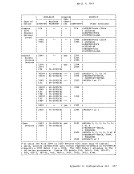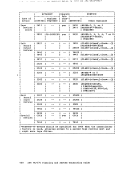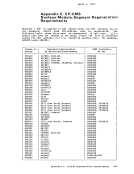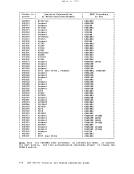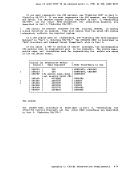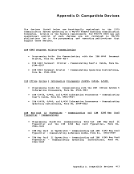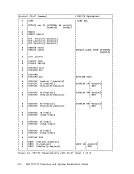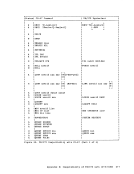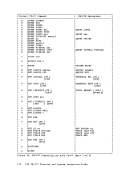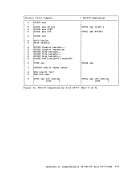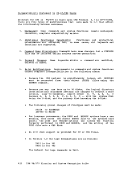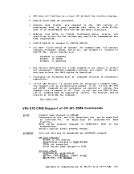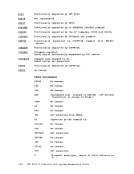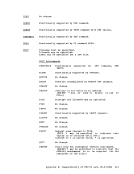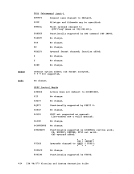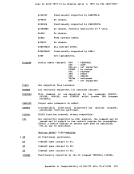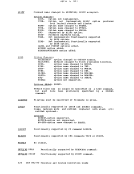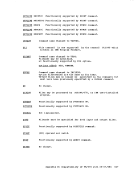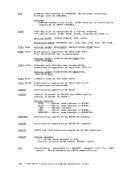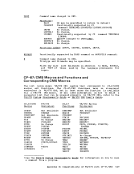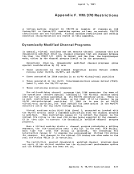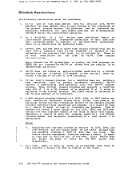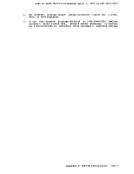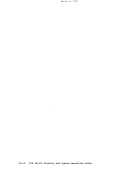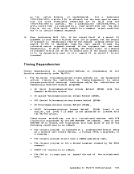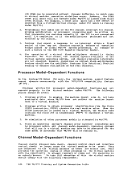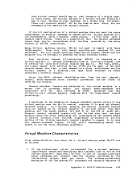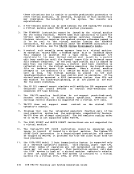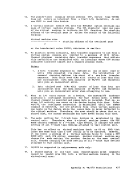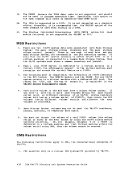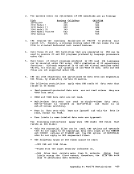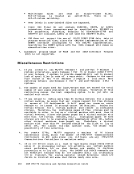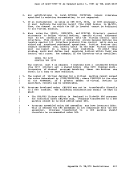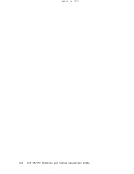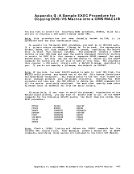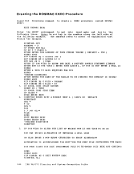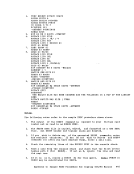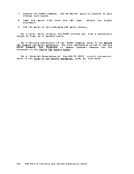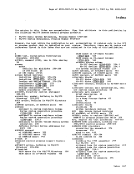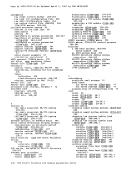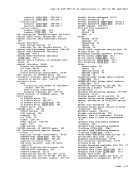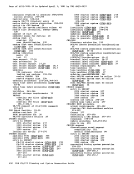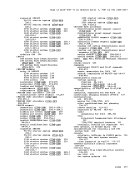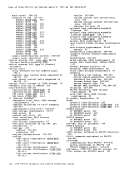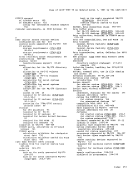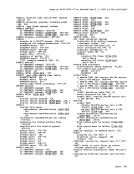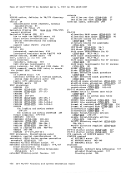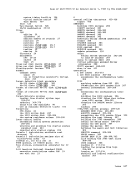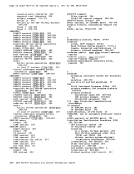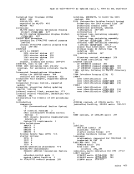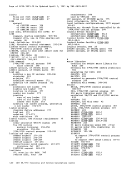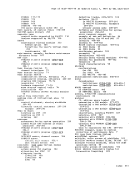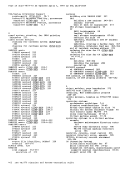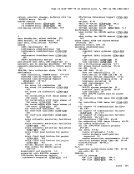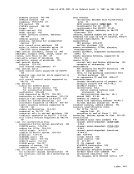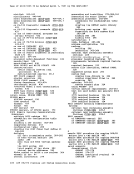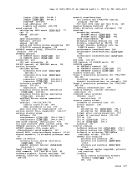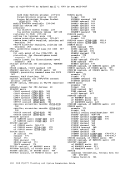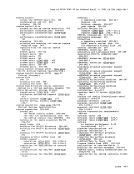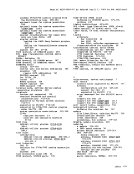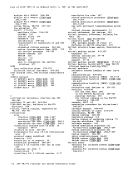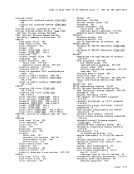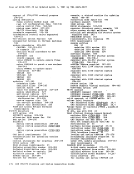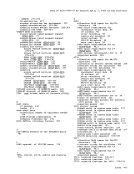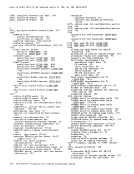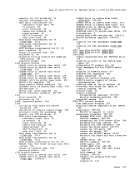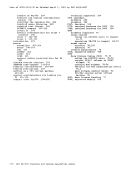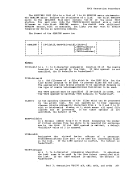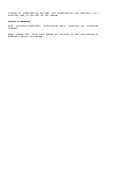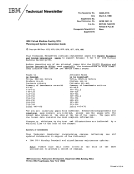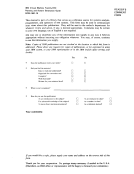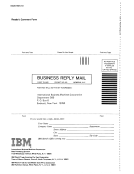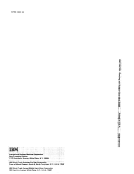NCAL
LET
ALIGN2
NEOL RENT REUS REFR OVLY XCAL 3704/3705 Control Program suppresses the automatic library call function of the
linkage editor.
suppresses marking of the load module "not executable" in
the event of some linkage editor error condition.
indicates that boundary
linkage editor input file
of2048-byte boundaries.
alignment is performed
boundaries.
alignment specified in the
is to be performed on the basis
If this option is omitted,
on the basis of4096-byte marks the load module output as "not to be edited" such
that it cannot be processed again by the linkage editor.
marks the load module output "only loadable".
marks the load module reenterable.
marks the load module reuseable.
marks the load module refreshable.
processes an overlay structure.
allows valid exclusive CALLs in the overlay structure.NAME membername
is the member name to be used for the load module
created. The member name specified here overrides the
default name, but it cannot override a name specified via
the linkage editorNAME control statement.
LIBE librarynameXREF MAP NOTER!! PRINT NOPRINT is the filename of a LOADLIB file where the output load
module is to be placed. TheLOADLIB file specified here
may also be used for auxiliary input to the linkage
editor via theINCLUDE statement.
produces an external symbol cross-reference for themodules being processed.
produces only a modulemap for the processed module(s).
includes only linkage editor control messages in the
printed output file.
displays any linkage editor diagnostic messages at the
user terminal.
suppresses the displaying of diagnostic messages.
spools the linkage editor printed output file to the
printer.
stores the linkage editor output in aeMS disk file with
a filetype of LKEDIT.
produces no output file.Part 4. Generating the 3704/3705 Control Program 309
LET
ALIGN2
NE
linkage editor.
suppresses marking of the load module "not executable" in
the event of some linkage editor error condition.
indicates that boundary
linkage editor input file
of
alignment is performed
boundaries.
alignment specified in the
is to be performed on the basis
If this option is omitted,
on the basis of
that it cannot be processed again by the linkage editor.
marks the load module output "only loadable".
marks the load module reenterable.
marks the load module reuseable.
marks the load module refreshable.
processes an overlay structure.
allows valid exclusive CALLs in the overlay structure.
is the member name to be used for the load module
created. The member name specified here overrides the
default name, but it cannot override a name specified via
the linkage editor
LIBE libraryname
module is to be placed. The
may also be used for auxiliary input to the linkage
editor via the
produces an external symbol cross-reference for the
produces only a module
includes only linkage editor control messages in the
printed output file.
displays any linkage editor diagnostic messages at the
user terminal.
suppresses the displaying of diagnostic messages.
spools the linkage editor printed output file to the
printer.
stores the linkage editor output in a
a filetype of LKEDIT.
produces no output file.





















































































































































































































































































































































































































